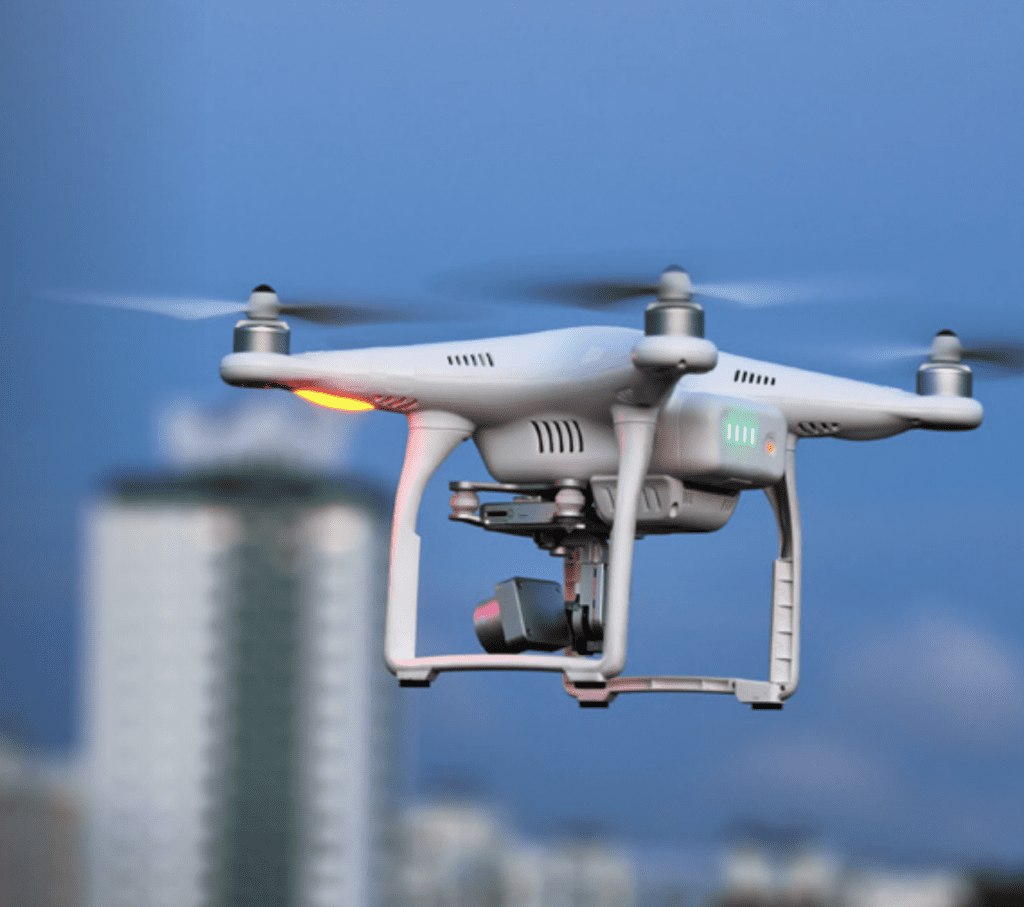New Report Suggests Distributed Ledger Architecture for UTM Systems


A new research paper published by Cranfield University shares findings regarding safety, security, and trust to develop a secure and efficient uncrewed traffic management (UTM) system. (Photo courtesy of Cranfield University)
Cranfield University published a report this week exploring some questions about the development of an uncrewed traffic management (UTM) system. The document is the result of a research partnership between Cranfield, Heathrow Airport, Oxford University, International Airlines Group (IAG), NATS UK, SITA, and multiple other U.K.-based startups and enterprises.
The central objective of the report, coordinated by Dr. Dimitrios Panagiotakopoulos of Cranfield University, is to analyze the potential of cross-cutting technologies—in particular, artificial intelligence (AI) and distributed ledger technologies—and to demonstrate the need for increased collaboration between all stakeholders of the integrated aviation ecosystem. This includes UTM service providers, digital network providers, uncrewed aircraft operators, infrastructure providers, air navigation service providers, and regulators.
The authors of the paper also underscore the importance of trust within the UTM ecosystem and suggest a governance framework that establishes rules for the above-mentioned stakeholders occurring in a distributed ledger, creating a safe environment that participants can trust.
“Drones will create new forms of traffic especially at very low levels of airspace with high demand in densely populated areas where risk levels will be increased,” according to the research group. To ensure safety in this growing ecosystem, with a variety of vehicles operating in the same airspace, the UTM system needs to include new and updated procedures.
Technology that is outdated or unreliable is a big concern in the aviation industry, according to the authors of the paper. They reference a study done by Cranfield University which estimated that, of flight delays that are not due to weather concerns, 60% are a result of failures with data handling. The solution? A new “system-of-systems” that includes cloud infrastructure and distributed ledger technologies (DLTs) with blockchain-style information sharing. Using a decentralized system could lead to more secure airspace management. However, there is still work to be done regarding regulations for drones operating beyond visual line of sight (BVLOS), and accounting for varying levels of autonomy in the airspace.
As urban air mobility (UAM) operations scale up, the authors of the report predict that “pilots will likely fly the first generations of electric vertical take-off and landing (eVTOL) craft in-vehicle, long before remote or even autonomous operations are proven to be safe.” This is because a pilot is trained and able to detect and avoid risks, and can also “make balanced and intelligent safety choices with full situational awareness,” the paper concludes.
But as demand for UAM increases, operations will become more and more dependent on AI. And an ecosystem that relies significantly upon AI needs to have trust—and resilience—built into its digital infrastructure.

The paper includes a diagram, pictured above, illustrating how self-sovereign identity (SSI) technology is used to ensure security between the issuer, holder, and verifier of the credentials of a drone pilot. (Photo courtesy of Cranfield University)
“Truly distributed approaches are now available, to make the underlying digital infrastructure of our UTM and ATM systems reflect the real-world interactions of its users and stakeholders rather than enforcing a one‑size‑fits-all approach,” the report claims.
The researchers bring up a few obstacles to realizing a modular and interoperable distributed system approach for uncrewed traffic management. One challenge is technological instability—blockchain is still a relatively new concept, and stakeholders will need to consider the possibility that a better solution may soon emerge, as well as the risks involved in not taking action.
A UTM solution based upon a DLT architecture can also be susceptible to cybersecurity risks because of the permanent nature of records in a distributed ledger. The report cautions that the encryption methods and contents of messages should be considered in order to maintain system security.
Safety and security are also key priorities for Belgian UTM system provider, Unifly. The company recently received €10 million in funding, and they will use that investment to ensure that their UTM system functions based on some of the same findings featured in Cranfield University’s report, Unifly’s co-founder recently told Avionics International. The company also enabled automation for parts of the approval process for drones operating within controlled airspace, as part of a collaboration with air navigation service provider NAV CANADA. Automating this process helped to decrease risk for drone operators while also increasing situational awareness—for both air traffic controllers and operators.
The post New Report Suggests Distributed Ledger Architecture for UTM Systems appeared first on Aviation Today.
—————
Boost Internet Speed–
Free Business Hosting–
Free Email Account–
Dropcatch–
Free Secure Email–
Secure Email–
Cheap VOIP Calls–
Free Hosting–
Boost Inflight Wifi–
Premium Domains–
Free Domains





